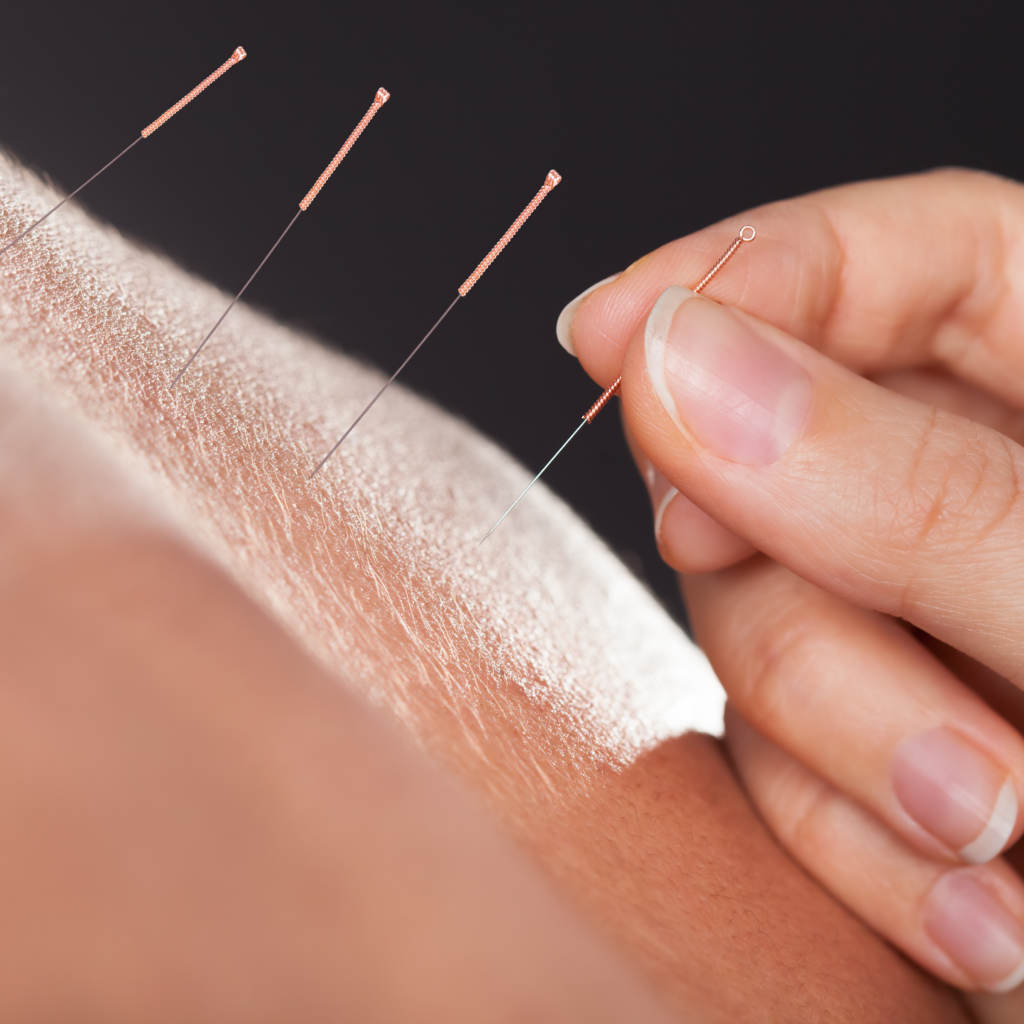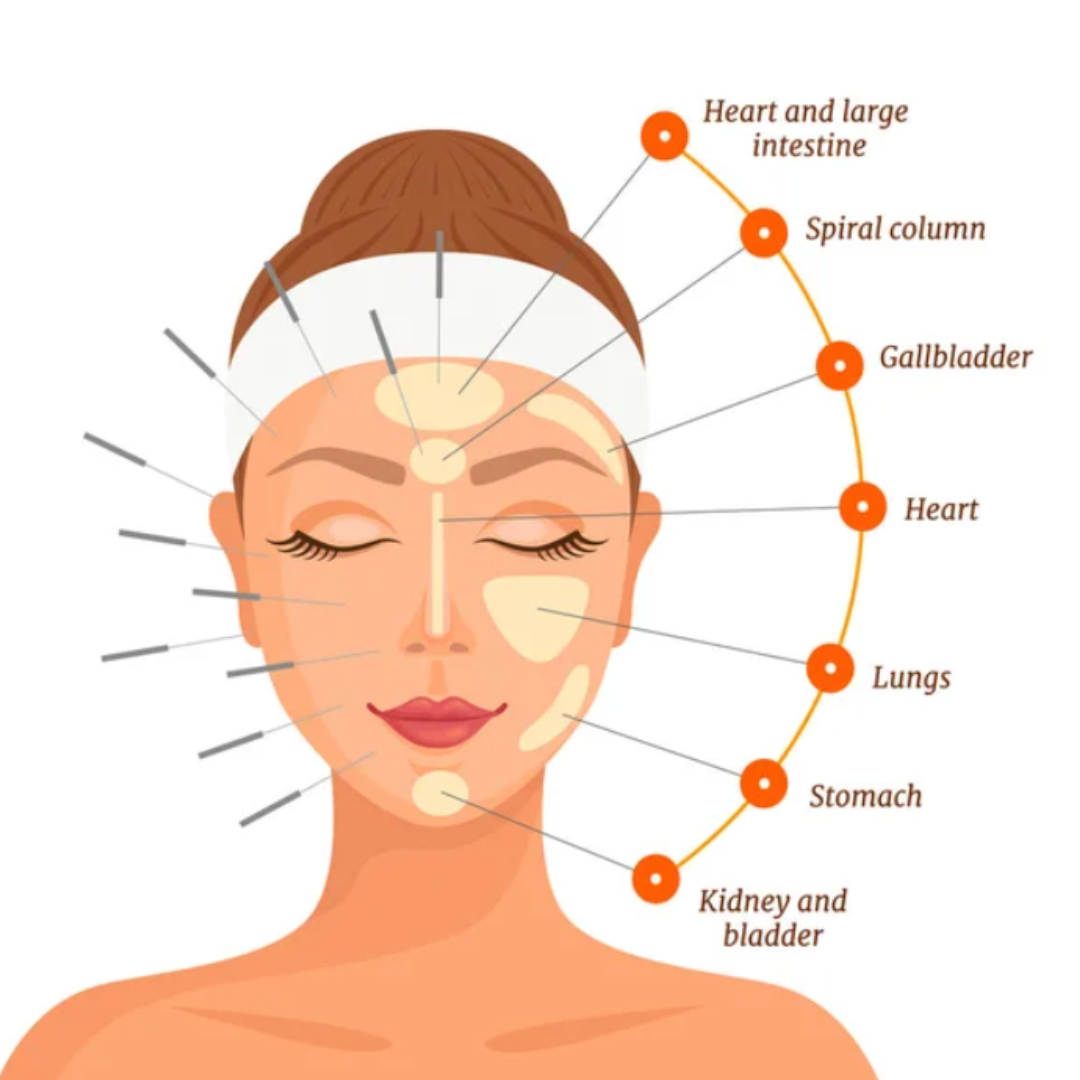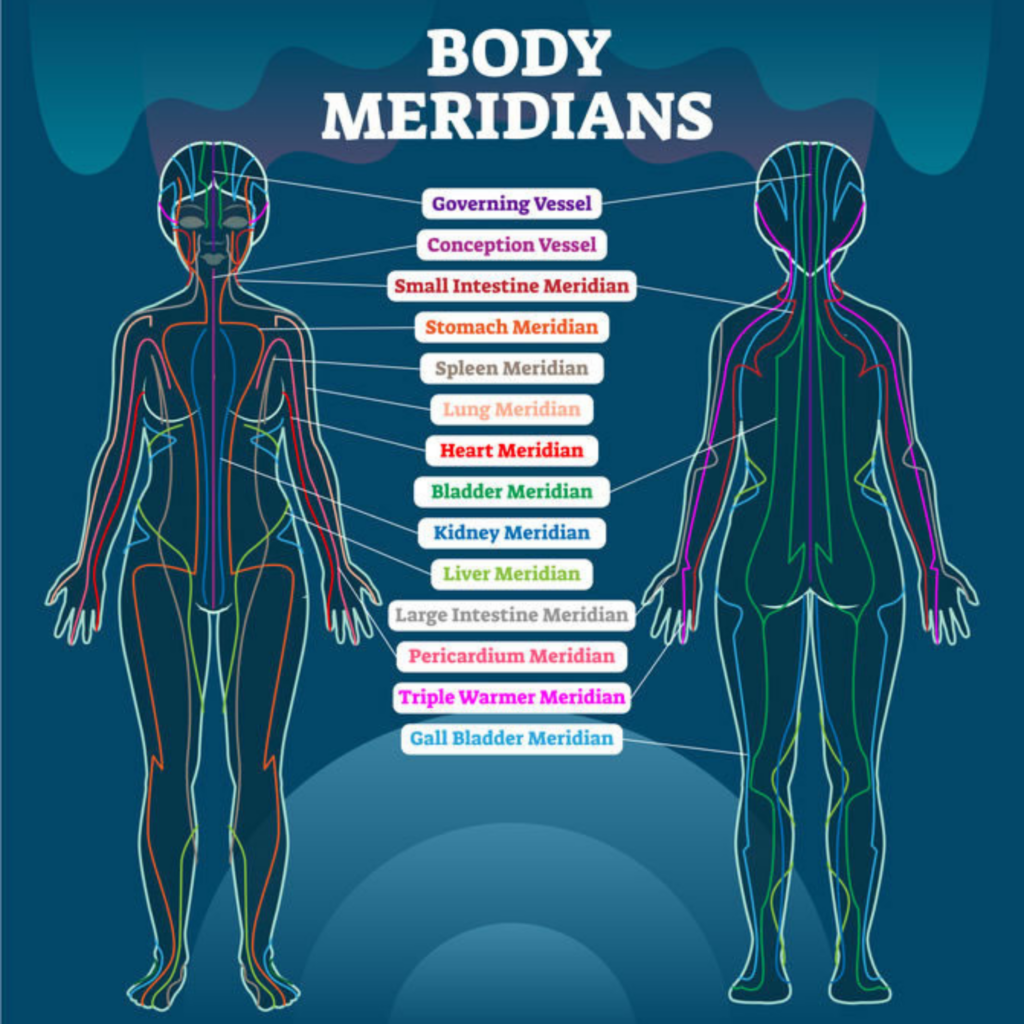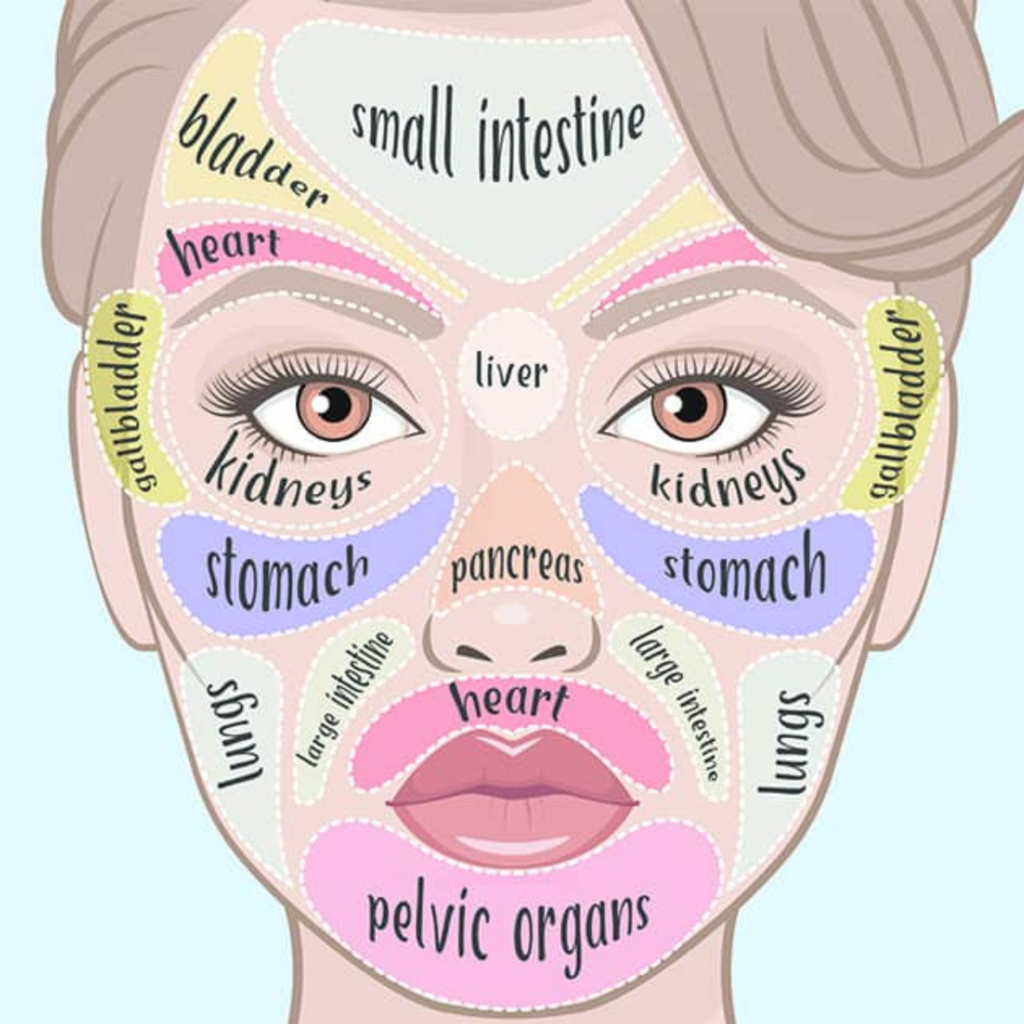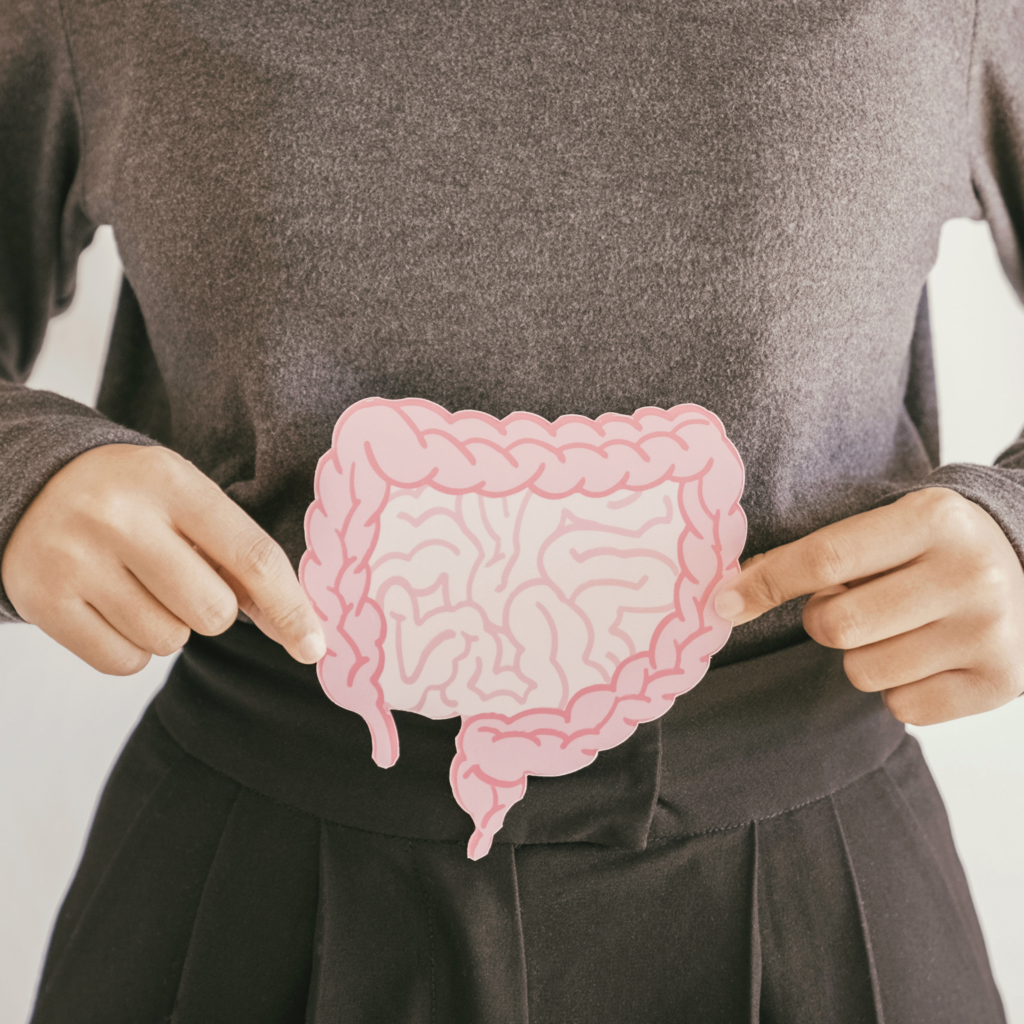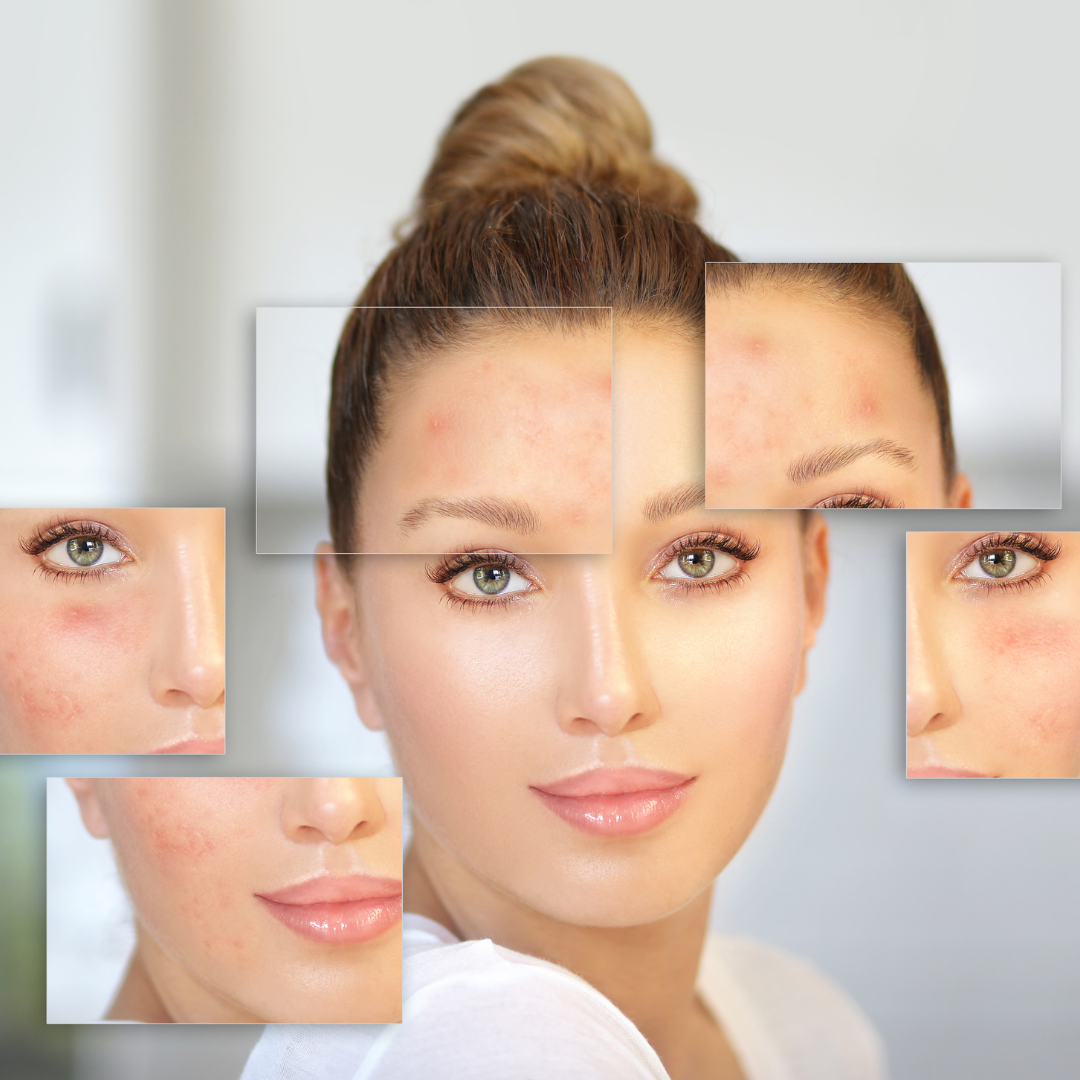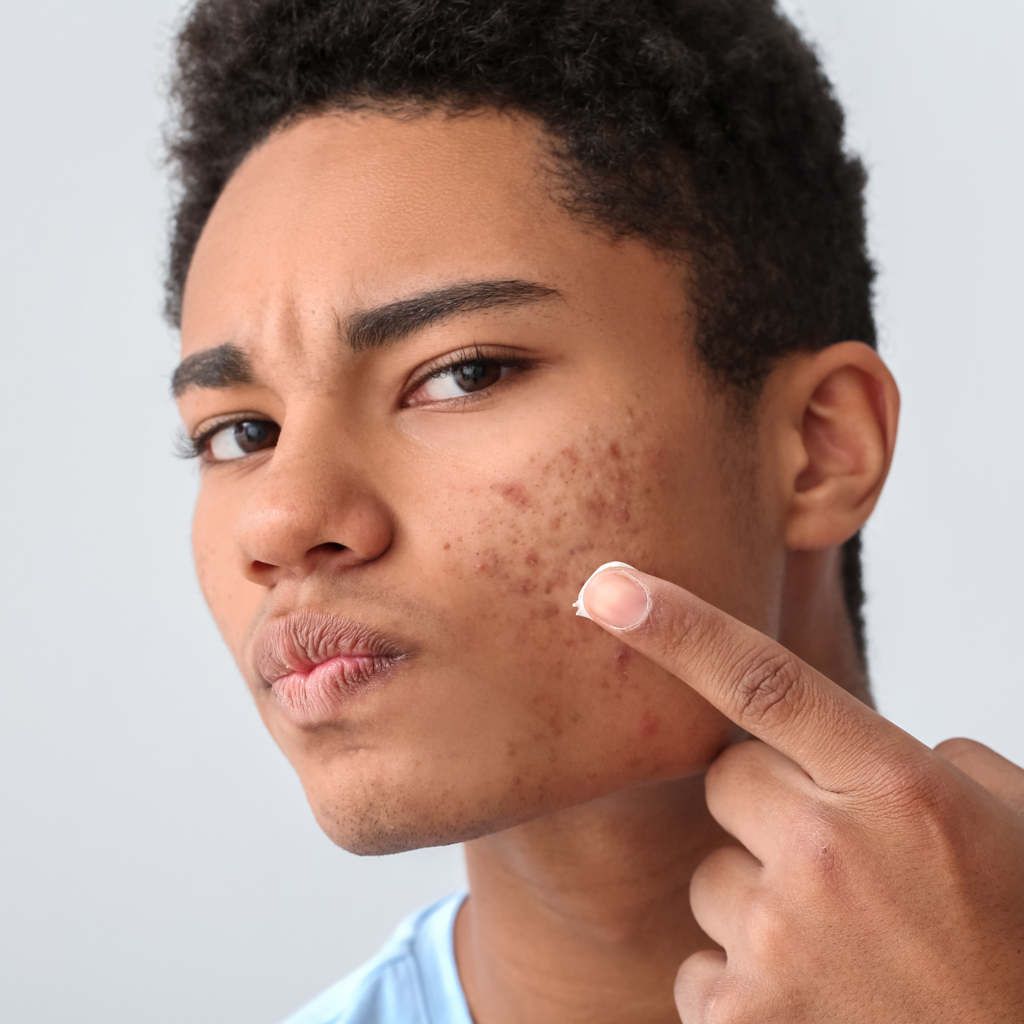Face Mapping in Traditional Chinese Medicine
In the realm of traditional Chinese medicine (TCM), there is a recognition that repeated and stubborn breakouts may suggest internal issues. Specifically, if you notice that pimples keep cropping up in the same regions of your face, this could be a signal of an underlying health problem. It is believed in TCM that one’s visage serves as a gateway to our inner well-being, offering vital clues as to how we might balance the body’s systems. Within this composition, we will look in-depth at a variety of TCM methods: historical roots, guiding principles, practice techniques, benefits, and real-world applications.
History of TCM Face Mapping
Beliefs rooted in ancient Chinese medicine entail the flow of Qi through the body’s 12 meridians, serving as the basis for TCM. The imbalance of Qi flow is perceived to result in illness and disease. Moreover, the face is deemed as an external manifestation of the body’s internal organs. TCM experts diagnose bodily imbalances by scrutinizing the location of acne, wrinkles, texture and colour.
Principles of Chinese Face Mapping
According to TCM, the face is divided into zones, each of which corresponds to a particular internal organ or body system. By examining these zones, a TCM practitioner can determine which organ or system is imbalanced and then use acupuncture, herbal remedies, and other techniques to restore health and promote healing.
Techniques of Face Mapping
Your medical history, diet, lifestyle, and other factors are some of the aspects a TCM practitioner will inquire about. They will also study your face for distinctive indications of skin problems like acne, wrinkles, among others. Afterwards, they will outline a treatment scheme for you, which could mean changes in your diet, herbal remedies, acupuncture, or other methods.
Unlocking the Secrets of Health and Vitality
TCM’s face mapping technique offers a holistic, non-invasive diagnostic and therapeutic alternative that distinguishes from traditional Western medicine’s symptom-oriented approach. Instead, it identifies and addresses underlying imbalances in various organs systems, enhancing long-term restoration and vitality to the entire person’s wellbeing.
Applications of Face Mapping
Used for centuries to diagnose and treat a wide range of health issues, including digestive problems, hormonal imbalances, respiratory issues, and more. Traditionally used to promote general health and well-being by identifying areas of the body that may be in need of support or used to identify potential health issues before they become more serious, allowing for early intervention and hopefully, remedy.
Incorporating Current Research Findings
Recent research has confirmed the efficacy of TCM techniques in promoting health and wellness. For example, a 2019 study found that acupuncture and herbal medicine were effective in treating acne vulgaris, a common skin condition that can be caused by hormonal imbalances. Another study found that acupuncture was effective in reducing the severity and frequency of hot flashes in menopausal women.
Organ Systems Are Reflected in Our Skin Problems
A poor diet can be a major factor in the development of acne and other skin conditions. Consuming too much sugar can cause inflammation in the body and excess sebum production in the skin leading to acne breakouts.
Poor digestion from processed foods can lead to a build-up of toxins in the body, which can manifest on the skin. Incorporating mineral-rich foods such as shilajit, seaweed, and sauerkraut into the diet can help support good gut flora, which supports a healthy microbiome and promotes healthy skin.
Kidney and Bladder System
TCM holds that the kidney and bladder are intricately linked and play a significant part in filtering and getting rid of waste from the body. Different parts of the face can exhibit imbalances or dysfunctions in various organs, offering helpful diagnostic cues.
For instance, under-eye circles that are particularly black in the inner corners may be a sign of kidney imbalances or shortages. Deep vertical lines between the brows can indicate bladder difficulties, while swollen or puffy eyelids can also be a sign of kidney or renal-related illnesses. Acne or skin breakouts on the chin, discolouration or dark spots on the cheekbones, and a pale or sallow complexion are further facial indicators of kidney or bladder issues.
TCM practitioners identify the underlying factors causing the kidney and bladder system imbalances and create individualized treatment regimens using a combination of face mapping, pulse diagnosis, and other diagnostic techniques. Herbal medicines, acupuncture, dietary modifications, and other treatment modalities may be used to assist balance a weak kidney system and promote optimal health.
Optimal Health Through Chinese Face Mapping Techniques
Acne Face Mapping is a unique approach to understanding the root causes of acne and other skin conditions that has been practiced for centuries because it is accurate. By identifying imbalances in the body and addressing them through lifestyle changes and natural remedies, it is possible to achieve healthy, glowing skin. Incorporating practices such as stress-reduction techniques, nutrient-rich foods can all support healthy skin and overall well-being.
The Five Element Theory
According to the Five Element Theory, each five organ system is associated with an element, which influences its function and energy flow. The five elements are wood, fire, earth, metal fresh air, and water. Each element corresponds to a specific organ system and its related meridian channels on the face.
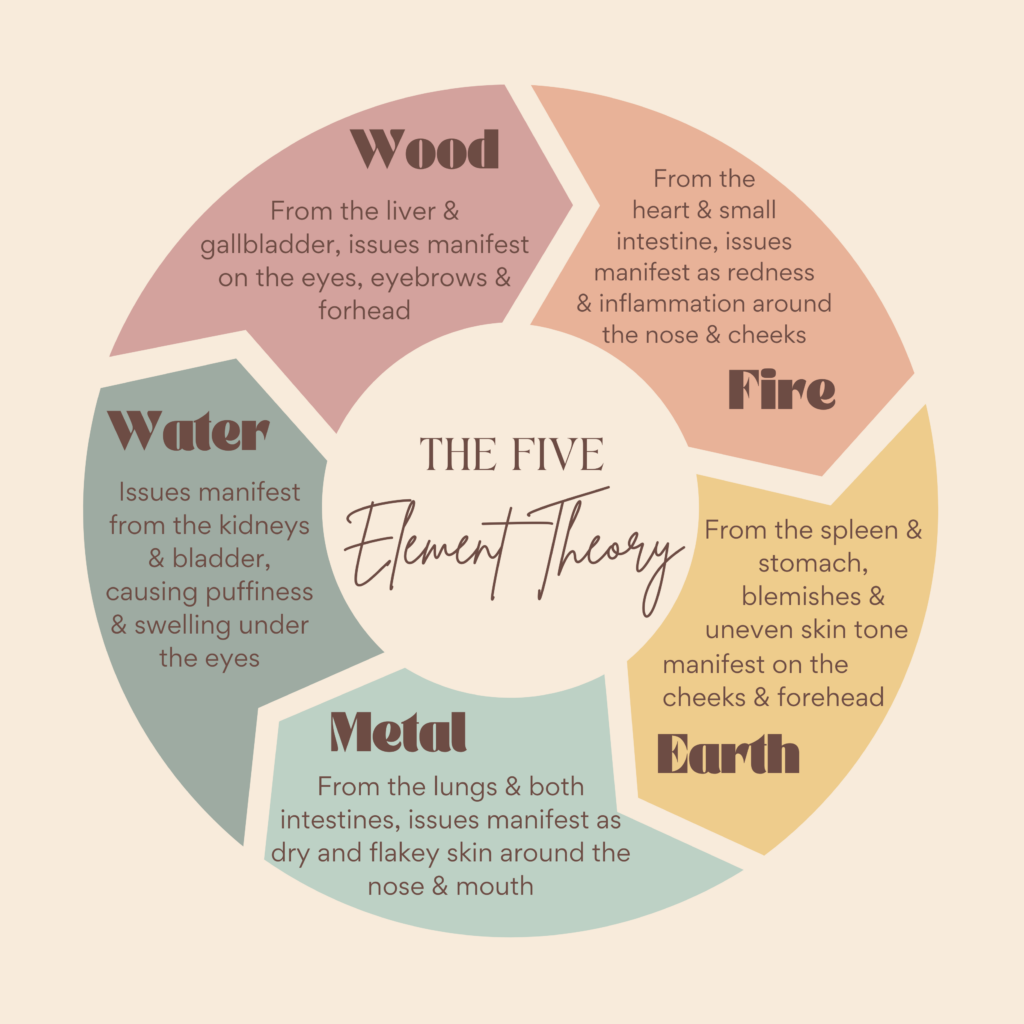
Wood Element: The wood element corresponds to the liver and gallbladder, which regulate the body’s metabolism and detoxification. If there is a wood element imbalance, it may manifest as acne around the eyes, eyebrows, and forehead.
Fire Element: The fire element is associated with the heart and small intestine, which govern the circulatory system and digestion. When the energy flows the fire element or small intestine is imbalanced, it can appear as redness or inflammation on the cheeks or nose.
Earth Element: The earth element corresponds to the spleen and stomach, which control digestion and nourishment of the body. If there is an earth element imbalance, it may present as blemishes or uneven skin tone on the cheeks and forehead.
Metal Element: The metal element is associated with the lungs and large and small intestine, which govern respiration and elimination. An imbalance in the metal element can show up as dryness or flakiness around the nose and mouth.
Water Element: The water element corresponds to the kidneys and bladder, which regulate fluid balance and elimination. An imbalance in the water element may manifest as puffiness or swelling under the eyes.
How Accurate is Chinese Face Mapping?
While it may seem like a mystical or esoteric practice, there is actually scientific evidence to support its effectiveness. Studies have shown that the appearance of the skin is influenced by stress response to a variety of factors, including hormonal imbalances processed food, stress, and inflammation. These factors can also affect the functioning of internal organs and systems, leading to a range of health issues. Here are a few examples:
Inflammatory conditions: Skin conditions like acne, eczema, and psoriasis are all linked to chronic inflammation in the body. This inflammation can be caused by a variety of factors, including diet, stress, and environmental toxins.
Nutrient deficiencies: A lack of certain nutrients in the diet can cause skin problems, such as dryness, flakiness, and even rashes. For example, a deficiency in vitamin A can cause dry skin and an increased susceptibility to infection.
Gut health: The gut microbiome is increasingly recognized as a key player in overall health, including skin health. Poor gut health can lead to a variety of skin problems, such as acne and rosacea.
Hormonal imbalances: Hormonal imbalances can also impact the health of our skin. For example, an excess of male hormones (androgens) in women can lead to acne.
Stress: Chronic stress can cause a variety of health problems, including skin problems. Stress can lead to inflammation, which can exacerbate skin conditions like psoriasis and eczema.
Furthermore, studies have revealed that some parts of the face are in fact associated with particular bodily functions or systems. For instance, the digestive system is connected to the forehead, whereas the respiratory system is connected to the cheeks. We can get information about the state of these internal systems by seeing how these areas look.
Skin Is Like a Report Card for the Health of Your Internal Systems
The skin is like a report card for the health of your internal systems because it is a reflection of what is happening inside your body. The largest organ in your body, skin continually interacts with its surroundings, both internal and external. Numerous things, including hormones, stress, food, and lifestyle choices, have an impact on it.
When there is an imbalance or dysfunction within your internal systems, it can manifest on your skin in the form of blemishes, rashes, dryness, or other issues. By paying attention to the condition of your skin, you can gain insight into what might be happening inside your body and take proactive steps to address any underlying health issues.
What Skin Health Can Tell A Practitioner
Deep horizontal lines on the forehead indicate issues with the the nervous system and digestive systems. Weakness in the liver imbalance kidney and nervous system that can also lead to such deep horizontal lines.
Small intestine problems can be reflected in the vertical lines between the eyebrows, and can indicate poor intestinal health, hormonal imbalances, and excess alcohol consumption. Eating mineral-rich foods like dark leafy greens and consuming digestive enzymes can help.
The left side of the face corresponds to the left side of the body, with the left cheek indicating issues with the left kidney and reproductive organs. The nose corresponds to the heart, so red cheeks may indicate heart congestion.
Excess heat in the body can cause skin dryness and deep lines, while poor circulation can lead to faint lines. Adequate rest and consuming raw coconut water and quality water can help maintain internal health.
We Are What We Eat
Excessive use of processed foods, refined sugar, and carbohydrates raises the risk of persistent infections, unpleasant emotions, and bacterial imbalance. The health of the liver, heart, and lungs can be enhanced by consuming bone broth, cod liver oil, fatty salmon, and herbal tea.
While sea salt can boost blood pressure and aid in cellular detoxification, refined salt can lower blood pressure. Chinese face reading can be used to diagnose underlying medical conditions, such as a weak kidney system, and recommend the best course of therapy.
Techniques Used For Diagnosis
Chinese face mapping is a complex process that involves observing and analyzing the skin’s appearance and texture, as well as palpating different areas of the face to assess tenderness or pain. Practitioners use several techniques to diagnose imbalances in the organs and meridians, such as:
Visual inspection: Observing the skin’s colour, texture, and pores to identify imbalances or blockages in the meridians.
Tongue diagnosis: Examining the shape, coating, and colour of the tongue to determine the overall health of the body’s organs and meridians.
Pulse diagnosis: Assessing the quality, rhythm, and strength of the pulse in different positions on the wrist to identify imbalances in the organs and meridians.
Palpation: Pressing on different areas of the face to assess tenderness or pain, which may indicate an imbalance in the corresponding organ or meridian.
Chinese Face Mapping and Chinese Medicine
By identifying the imbalances or blockages in the organs and meridians, practitioners can develop a personalized treatment plan that may include:
Herbal remedies: Prescribing customized herbal formulas that target the specific organs and meridians of reproductive system that are imbalanced.
Acupuncture: Inserting fine needles into specific acupuncture points along the meridians to stimulate energy flow and restore balance.
Dietary and lifestyle changes: Recommending dietary and lifestyle modifications that support the health of the affected organs and meridians.
Gain a deeper understanding of their overall health and well-being, as imbalances in the organs and meridians can affect not only the skin but also other bodily functions and systems.
Chinese Face Mapping for Achieving Optimal Skin
The combination of visual inspection, tongue diagnosis, pulse diagnosis, and palpation allows the doctor to create a personalized treatment plan that addresses the root cause of the imbalance. Incorporating disease prevention and herbal remedies into your health and wellness routine can help you achieve not only healthy, glowing skin, but overall vitality and balance for both your body and mind.
Conclusion
TCM has long believed that the face reflects the health of our internal organs. Face mapping uses the location of acne and other skin problems to diagnose and treat imbalances in the body. TCM divides the face into zones for display. Each zone corresponds to a specific organ or body system. Treatment options for disequilibrium include acupuncture, herbal remedies, and dietary modifications, providing a holistic, non-invasive approach to diagnosis and treatment. Studies confirm the effectiveness of his TCM technology in promoting health and well-being. Acupuncture and herbal medicine have been shown to be effective in treating acne vulgaris and reducing the severity and frequency of hot flashes in menopausal women with hormonal imbalances. Identifying the root causes and addressing them through Chinese facial mapping is the key to healthy, glowing skin.
Resources:
- “The Seven Organ Systems” by InnerBody: https://www.innerbody.com/anatomy/organ-systems
- “How the Cardiovascular System Works” by National Heart, Lung, and Blood Institute: https://www.nhlbi.nih.gov/health-topics/how-heart-works
- “How the Respiratory System Works” by National Heart, Lung, and Blood Institute: https://www.nhlbi.nih.gov/health-topics/how-lungs-work
- “The Digestive System” by Johns Hopkins Medicine: https://www.hopkinsmedicine.org/health/wellness-and-prevention/the-digestive-system
- “The Endocrine System” by Hormone Health Network: https://www.hormone.org/what-is-endocrinology/the-endocrine-system
- “How the Nervous System Works” by National Institute of Neurological Disorders and Stroke: https://www.ninds.nih.gov/Disorders/Patient-Caregiver-Education/Understanding-Neurological-Diseases/How-the-Nervous-System-Works
- “The Muscular System” by TeachMeAnatomy: https://teachmeanatomy.info/muscles/muscular-system-overview/
- “The Skeletal System” by American Bone Health: https://americanbonehealth.org/bone-basics/the-skeletal-system/

